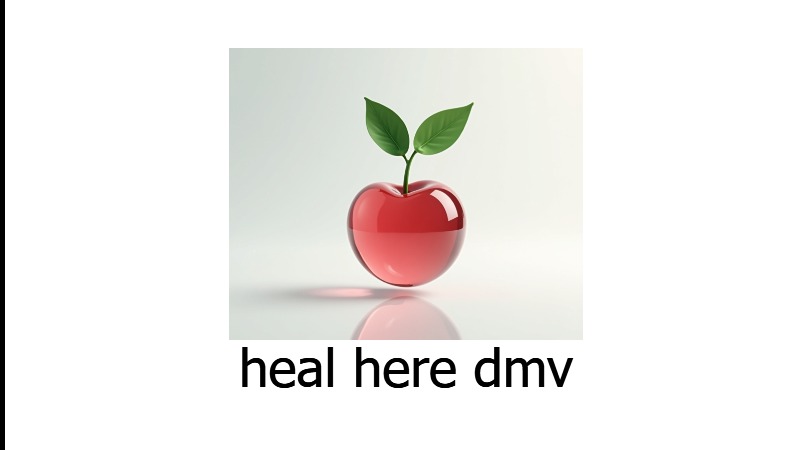
Curiosity: A Pathway to Healing Chronic Illness
Life often takes unexpected turns, and for many, it can lead to the daunting path of chronic illness. Erin Brennan’s heartfelt exploration of her journey with mystery illness serves as a reminder that finding a glimmer of hope can sometimes stem from an unconventional source: curiosity. With the daily hindrances presented by physical afflictions, what if approaching them through a lens of inquiry and interest can shift our experience?
Chronic Illness: A Shared Struggle
The unpredictability of chronic illness can create a profound sense of isolation. Many individuals, like Erin, transition from vibrant lives into a state of uncertainty. They grapple with debilitating symptoms while witnessing peers thrive. It is crucial to note that, according to some studies, mental wellness plays a significant role in managing chronic conditions. Positive psychological interventions often lead to improved outcomes when paired with traditional medical treatments.
The Role of Curiosity in Recovery
Through Erin's reflections, it becomes evident that curiosity emerged as a powerful tool in her recovery. Rather than submitting to an oppressive fear of unknown symptoms, she harnessed her inquisitive nature. This allowed her to explore her limitations, ask questions about her body’s signals, and experiment with self-care strategies. Research has shown that feeling empowered through active engagement can lead to reduced anxiety and improved coping mechanisms for chronic illness sufferers. This insight may foster a sense of agency, turning passive suffering into active exploration.
The Science of Mindset: How Attitude Matters
Mindset plays a pivotal role in health outcomes, as illustrated by Erin’s transition from victim to curious explorer. An article by renowned psychologist Carol Dweck elaborates on how adopting a growth mindset can contribute to resilience in the face of chronic illness. Through viewing challenges as opportunities for growth, individuals may endure their struggles with more grace and strength. Cultivating curiosity is synonymous with embracing a growth mindset, as it pushes one to look for hidden lessons and insights in hardship.
Practical Insights for the Curious Mind
Wondering how you, too, can use curiosity to improve your wellness profile? Here are some practical tips for integrating this mindset into everyday life:
- Keep a Journal: Document your thoughts, questions, and experiences related to your illness. This reflection process may help unearth insights about your body’s rhythms and reactions.
- Ask Questions: Don’t hesitate to ask healthcare professionals about your symptoms or treatment options. Understanding your condition can demystify it and give you a feeling of control.
- Engage with Others: Share your experience with friends, family, or support groups. Connecting with others who understand can reignite curiosity and offer new perspectives.
Transforming Pain into Purpose
Ultimately, Erin's journey showcases the transformative power of curiosity not just as a coping mechanism, but also as a guiding principle. By dedicating herself to understanding the intricacies of her condition, she redirected her focus and discovered meaningful aspects within her struggle. Her invitation to readers is to foster curiosity amidst their hardships, recognizing it as a source of empowerment, purpose, and community connection.
Conclusion: The Power of Curiosity
Chronic illness can often feel like a solitary journey filled with unanswered questions and fear. However, by embracing curiosity, those affected can foster new narratives about their experiences. This mindset not only helps in coping but also in galvanizing community support and engagement around personal health. As we learn to ask questions rather than simply accept our circumstances, we may discover new paths to wellness.
Feeling inspired? Dive deeper into your wellness journey and explore your curiosity!
 Add Row
Add Row  Add
Add 



Write A Comment